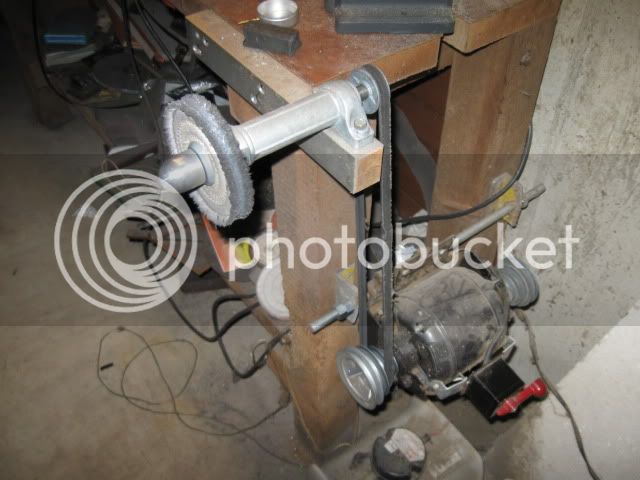It is dead easy to get a shine on almost any material.
But unless you get the material to be polished as smooth as the finish you require, then it is waste of time doing it.
There is no easy method. EVERY tiny blemish has to be removed, flats have to be totally flat, and corners have to be sharp, just finger aching hard work that does it.
The final finish before the buffing should be smooth as silk.
The buffing should only take a couple of seconds if you have got the surface to the correct level of finish. Any longer than that, and you will be knocking off the sharp corners and buffing undulations into the surface.
In fact, a sheet of plate glass, with a sheet of newspaper on top, a spot of superfine polishing liquid, and a quickie rub over with the flat face of your part should bring up a mirror shine that you can see your face in.
Oily old rags are no use, as soon as they touch the polished part, it will be scratched, even your fingers can ruin the surface. You must use the softest material you can get hold of. I am lucky and found a paper towel range that is perfect for the job. Old, well washed soft cotton t-shirts work rather well.
Even a minute machine mark, if buffed, will produce an undulation on the surface.
For a lot of my brass flat faced work, I machine it off with a round nosed flycutter, and it comes off with a mirror like surface. But that surface, if polished directly, looks absolutely awful to the trained eye. It can take a couple of minutes to make a flat face, and maybe half an hour to prepare it for final polishing.
And I think Cedge will tell you exactly the same thing when he explains about how he gets good surface finishes.
There are no easy ways.
Blogs








